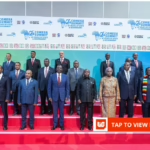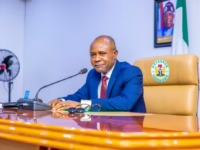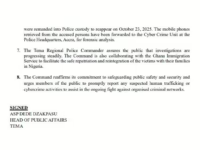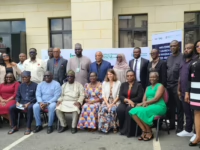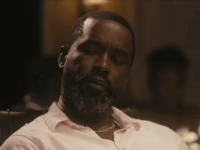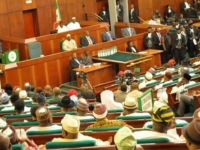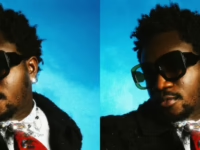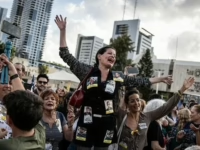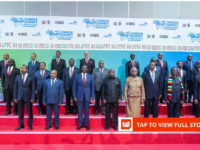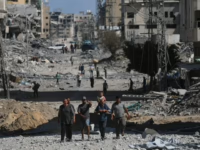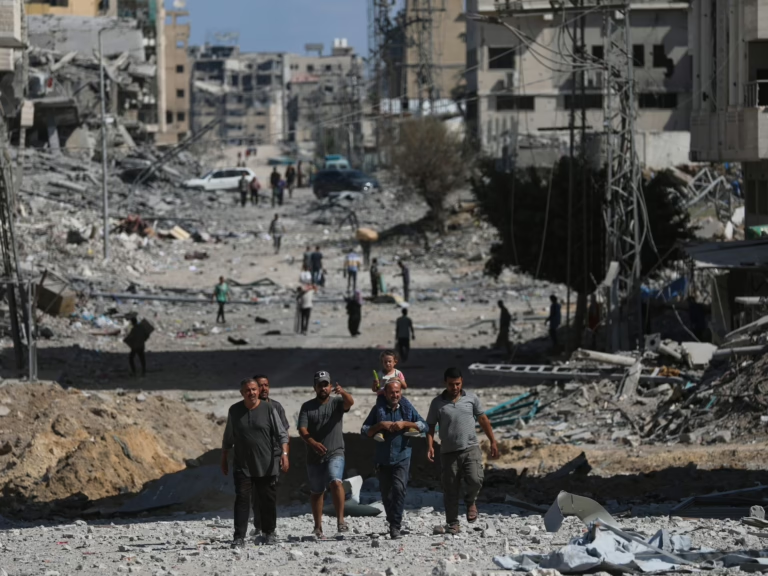On Thursday morning, President Donald Trump declared that the United States, in collaboration with Egypt, Turkiye, and Qatar, had successfully brokered a ceasefire agreement for Gaza. For a fleeting moment, it appeared that the prolonged agony endured by Gaza might finally be drawing to a close.
However, this ceasefire did not usher in peace; instead, it transformed the suffering into a subtler, more pervasive anguish, where the true scars beneath the ruins began to embed themselves deeply within Gaza’s exhausted spirit. Years of unrelenting bombardment had instilled a profound fear and sorrow that no external force could simply erase.
Throughout those harrowing two years of relentless attacks and near-total devastation, the sole focus for everyone in Gaza was survival. Each moment was a battle to remain intact-physically and mentally-amid starvation, destruction, and death. Life became a relentless cycle of dread and anticipation of the next assault. There was no room for hope or grieving the fallen. If any shelter existed, which was rare, the aim was merely to move from one broken refuge to another, clinging to life by the thinnest thread. The constant awareness that death could strike at any second turned every day into a fight for existence.
When the explosions finally subsided, a quieter, more insidious pain emerged: the grief that had been suppressed to endure the chaos. Nearly everyone had lost someone dear, and those long-buried memories surged back with overwhelming force, leaving many breathless. Though outwardly the conflict seemed to have ended, internally a new battle raged-one filled with mourning, haunting recollections, and relentless psychological torment. The war’s end was only superficial; beneath the surface, emotional wounds continued to bleed.
As the noise diminished, people began confronting the painful truths they had avoided. They already knew who was gone, who would never return, but voicing these realities made the loss undeniable. The silence that followed was heavier than any explosion endured. It forced an unavoidable reckoning with the permanence of absence and the vastness of what had been destroyed. Gaping voids appeared everywhere-in homes, streets, and hearts-with no way to fill them.
When news of the ceasefire reached Gaza, a fragile relief swept through the population, yet there was an acute awareness that the coming days might bring even deeper pain than the fighting itself. After 733 days of feeling erased from existence, the tears long held back finally spilled forth, carrying the weight of all the suppressed anguish. Each tear bore witness to the endurance of unimaginable hardship. The ceasefire did not signify an end to suffering; it merely opened the door to a new, more silent form of torment.
As the guns fell silent, the people of Gaza were left to face the full extent of the devastation. Their faces reflected shock, anger, and profound grief-the heavy burden of years spent under siege.
Once-bustling roads lay deserted. Homes that had once been sanctuaries were reduced to rubble, and children wandered through the remains, struggling to recognize the neighborhoods they once called home. The entire landscape felt like a void, swallowing everything in its path, as pent-up sorrow erupted, leaving many overwhelmed by helplessness. During the bombardment, the oppressors ensured Palestinians had no time to grieve. But with the ceasefire came the unbearable realization of the magnitude of loss and the erasure of everyday life. Confronting the absence of loved ones left indelible scars, and the tears finally flowed-tracing down weary faces and shattered hearts, carrying the full burden of memory.
The suffering extended beyond the mind. Gaza’s physical and social fabric lay in ruins. As the bombing ceased, people emerged from makeshift shelters to find their homes and communities reduced to debris. Places that once offered comfort were gone, and streets once alive with activity were now piles of destruction.
Families desperately sifted through the wreckage, searching for remnants of their former lives, vanished roads, and signs, or relatives trapped beneath the rubble. Amid this devastation, pressing questions arose: How can we rebuild from such ruin? Where can hope be found? When an entire world has been shattered, where does one even start? Israel’s approach was deliberate and unmistakable. This was not random destruction but a calculated effort to transform Gaza into a desolate wasteland. By targeting hospitals, schools, and water infrastructure-the very pillars of survival-the intent was to dismantle the foundations of life itself. These attacks planted despair that permeated every aspect of existence, fraying community ties, eroding trust, and forcing families to question their ability to endure a system designed to erase them.
The devastation penetrated far beyond physical damage. The omnipresent threat of death, the unpredictability of bombings, and the psychological strain normalized fear, rendered hope naive, and began to unravel society. Children ceased their education, financial resources vanished, healthcare systems collapsed, and the fragile bonds holding communities together started to disintegrate. Palestinians were not only battling daily survival but also the gradual erosion of their future-a trauma etched deeply into their collective psyche that will resonate for generations.
With the cessation of hostilities, new challenges surfaced. Surrounded by ruins and lacking a clear path forward, Gaza’s residents faced a heartbreaking dilemma: abandon their homeland and risk permanent exile, or remain in a place devoid of roads, schools, medical care, and shelter. Both choices guaranteed ongoing suffering, rendering Gaza uninhabitable. Endless diplomatic stalemates and bureaucratic obstacles only deepened despair, allowing wounds to fester even as the world spoke of “peace.”
While the ceasefire halted the gunfire, it sparked fresh struggles: restoring electricity and water, reopening schools, rebuilding healthcare facilities, and reclaiming dignity. Yet the overarching question remains: Will the international community settle for symbolic gestures and hollow rhetoric, or will it commit to meaningful, sustained support to help Palestinians reconstruct their lives? Wars carve profound scars, and healing demands more than words-it requires persistent, concrete action.
After two years under siege, Gaza’s plea extends beyond silence in the streets. It calls for bravery, vision, and genuine efforts to restore dignity and hope for the future. The ceasefire is not an endpoint but the beginning of a more arduous battle against heartbreak, memory, and pain that refuses to fade. Without decisive global intervention, Palestinian existence itself risks collapse. Rebuilding communities, routines, and a semblance of normal life will be slow and challenging, but it is essential for Gaza’s survival. Though the war’s outward violence may have paused, its shape has merely transformed. What lies ahead will demand every ounce of resilience, unwavering hope, and the determination to endure.
The perspectives shared in this article represent the author’s views and do not necessarily align with Al Jazeera’s editorial policies.


